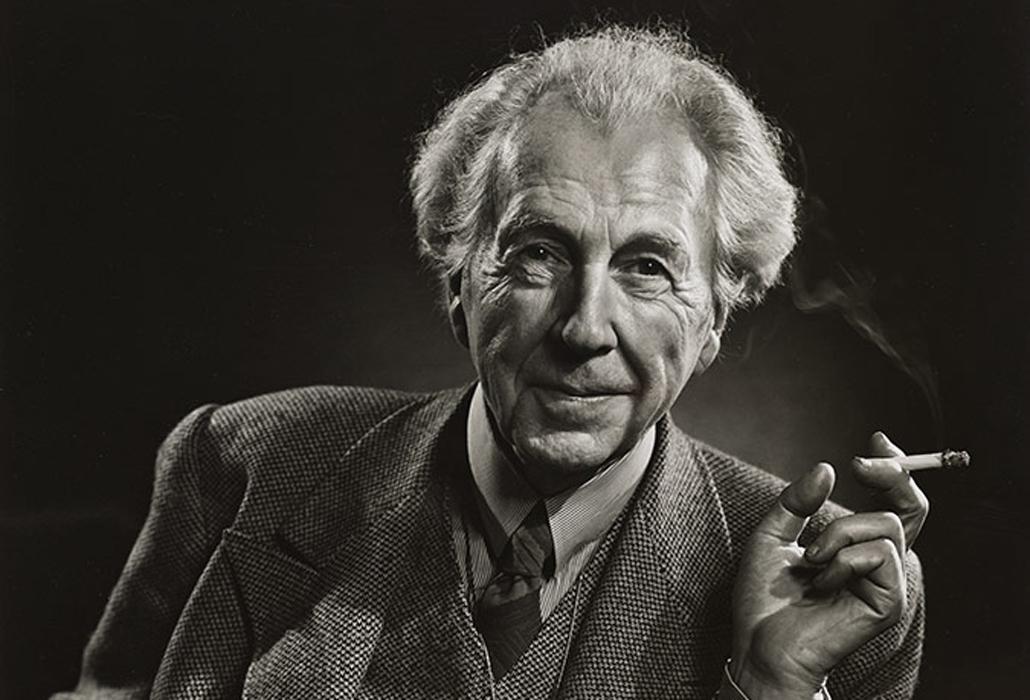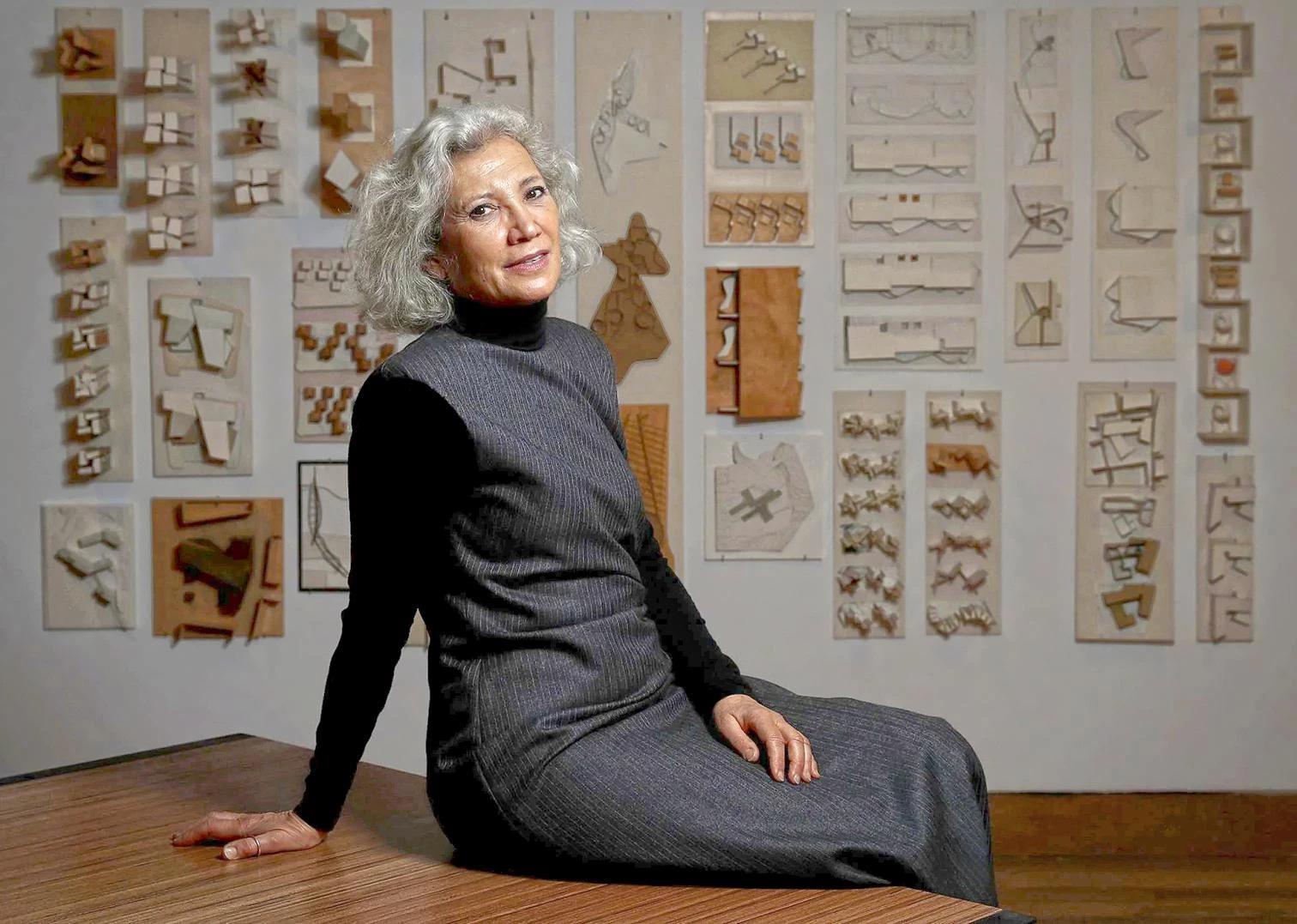KNOW THE ARCHITECT: FRANK LLOYD WRIGHT, AMERICA
- 1 Dec 2023
- By Deshal Shah

Frank Lloyd Wright (1867-1959) was a pioneering American architect whose innovative and organic approach to design left an indelible mark on the world of architecture. He is renowned for his iconic structures like Fallingwater and the Guggenheim Museum, which seamlessly blend nature and architecture. Wright's groundbreaking ideas continue to influence modern architectural thought and practice.
Frank Lloyd Wright is known for many remarkable architectural works, but here are three of his most renowned creations:
1. Fallingwater (1935)
Located in Pennsylvania, Fallingwater is an architectural masterpiece that harmoniously integrates with its natural surroundings. The house appears to float above a waterfall, showcasing Wright's innovative approach to connecting architecture and nature.
2. The Guggenheim Museum (1959)
Situated in New York City, the Solomon R. Guggenheim Museum is an iconic spiral-shaped building that redefined museum design. Its unique form and interior layout provide an extraordinary exhibition space for modern and contemporary art.
3. Taliesin West (1937)
Wright's winter home and architectural studio in Scottsdale, Arizona, is an excellent example of his design principles. Taliesin West reflects his love for the desert landscape, incorporating natural materials and organic design elements.
These three structures exemplify Wright's visionary architectural concepts and continue to be celebrated for their innovation and beauty.
Recently Published
loves or pursues or

.jpg)







.jpg)